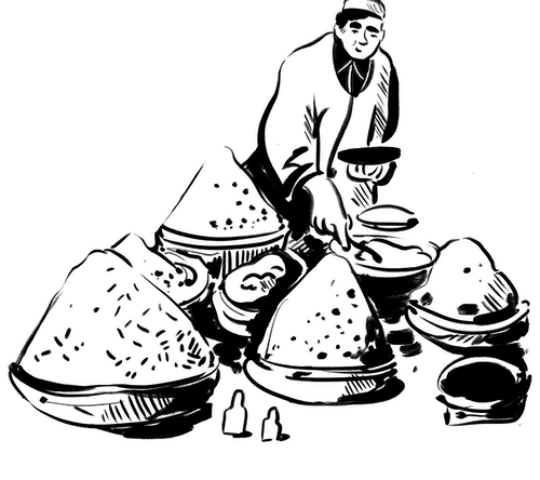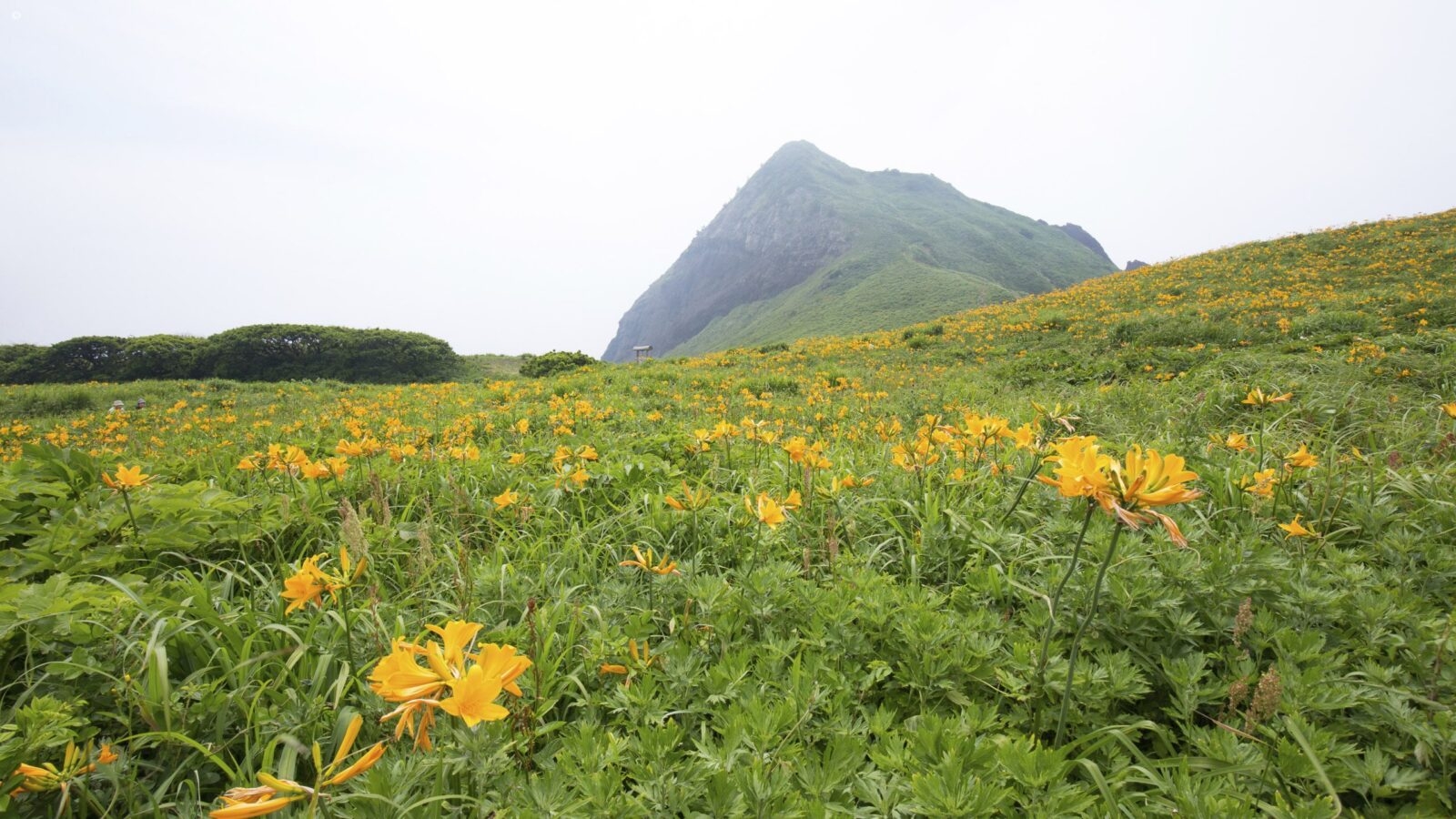A rural and remote island off the northern coast
Once a place of exile for political dissidents, the remote island of Sado experienced an economic boom during the Edo era when gold was found. A major source of revenue for the Tokugawa shogunate, the harsh mines were one of the East’s most productive.
Today, Sado is a rural summer getaway of rocky coasts, green hills and quaint fishing ports far away from the frenzy of the mainland.
The island is shaped like an S, formed of two mountain ranges to the north and south with a plain between. There is a permanent population of just over 60,000, most live in the Ryotsu (the largest town), the former gold mining town of Aikawa, or Ogi on the southern coast. To the far northeast, things quickly become wild.
Sado’s biggest attraction is the Earth Celebration, an annual music and arts festival hosted by Sado’s taiko (Japanese drumming) group Kod?. The island is also home to the endangered Japanese Ibis, formerly extinct in the wild but reintroduced to the island thanks to a successful breeding program.
The Jacada Difference
Seamless organisation, every step of the way
Journeys as meaningful as they are memorable
Remarkable stays, handpicked by our experts
Luxury accommodation in Sado Island
Why book with Jacada?

Personalised design
We’ll plan your trip around your specific interests, tastes and preferences, providing helpful tips and honest advice based on first-hand knowledge of the destination.

Authentic experiences
Our expert guides and brilliant travel concierges are hand-picked to provide a genuine experience, bringing your destination to life with care and passion.

Responsible travel
Our luxury trips are designed with responsible travel principles that prioritise travel experiences that are both good for you and good for the planet.
Meet your Asia team
Plan your trip to Sado Island
Whatever you want from your adventure in Sado Island, our team of expert travel designers are ready to help.


Plan with peace of mind
When you book a trip in today’s world there’s a lot to think about. But with the right advice and expert planning, you can do it with confidence.
If you book to travel with us but your plans are impacted by circumstances you can’t control, we’ll change your reservation or cancel your booking for a full credit towards future travel.

















